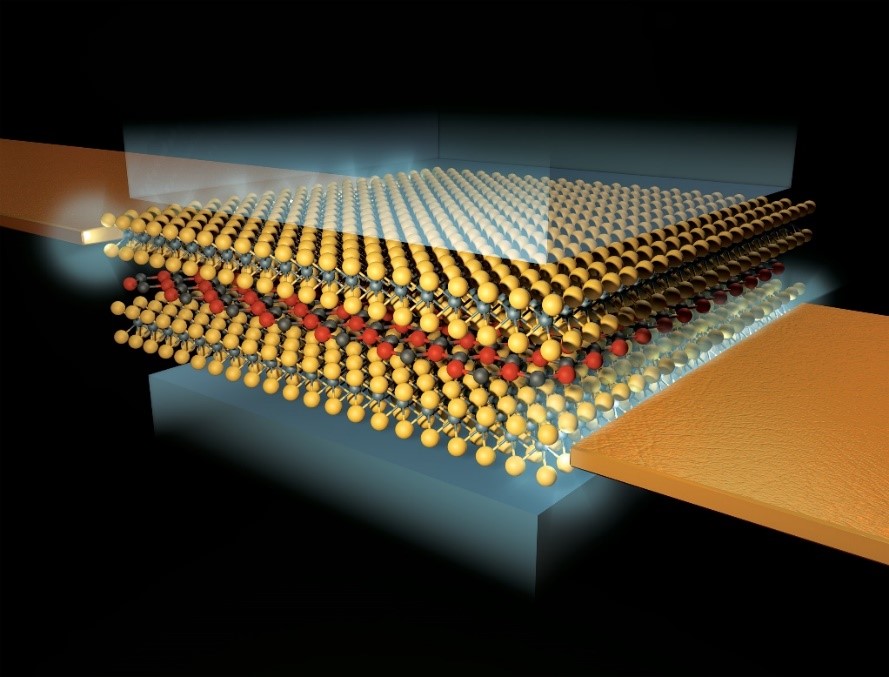An important feature of all nanostructures is the PhD in Nano-Microelectronics
Researcher and author: Dr. ( Afshin Rashid)
Note: The important feature of all nanostructures is summarized in that the number of atoms (surface) in them is greater than the number of atoms (volume). This ratio increases with decreasing size (nanoparticles). Therefore, nanoparticle size is an important feature.
The shapes and sizes of nanostructures are naturally determined by their composition and formation conditions. The properties of nanostructures, in turn, determine the originality of the properties of nanostructures and the possible contexts of their operation . The range of 1 to 1000nm is introduced as the range of nanostructures, an important feature of nanostructures is the control of the organization's own processes. The range of change in nanostructure activity depends on the nature and shape of the nanostructure. With However, if the energy field of nano-particles with energy exposure to electro-magnetic analogy, and if within a certain wavelength, the occurrence of chemical reactions in materials under irradiation dramatic changes the activity of nanoparticles to the size of 100nm will be dramatic.
The surface atoms of nanostructures are not energy compensated. In general, the growth of nanoparticle energy can be expressed as the total energy of the atoms on the surface of the particle. At the surface of nanostructures, the freedom of movement of surface atoms is limited, and only the vibrational movements and movements of electrons are possible. These two types of kinetics are interdependent because the displacement of the electron clouds of atoms inevitably changes the vibrational frequencies of the bonds of the atoms. On the other hand, the displacement of the valence electrons in the bonds changes the polarity of the bond and the so-called supermolecule bodies, in which case the transfer of electrons to a higher energy level becomes possible.
Conclusion:
Nanoparticle bonds at the surface of nanostructures can increase the change in electron structure, resulting in nanoelectromagnetic interactions that increase the number of single electrons and the number of nanoelectromagnetic moments of the atom.
Researcher and author: Dr. ( Afshin Rashid)
PhD in Nano-Microelectronics




